A letter written by DH Lawrence to his sister just a month before he died in March 1930 is one of thousands of documents currently being photographed for a new online archive at his alma mater, the University of Nottingham.
The collection tells the story of his personal and literary life and has been designated as being of outstanding national and international significance by the Museums, Libraries and Archives Council. It forms the largest single archive of Lawrence's literary works and memorabilia in the UK.
Now, thanks to Arts Council funding, a two-year Covid-delayed project to capture more than 10,000 high quality images of these unique items is finally under way. When the digitisation is complete all of the items will be freely available to anyone with an interest in Nottinghamshire's most famous and controversial author. The work also involves repackaging material to ensure the long-term preservation of the precious and fragile originals.
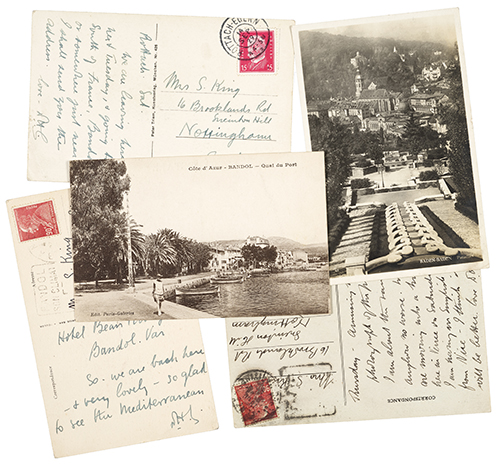
The collection includes original manuscripts and artworks, handwritten letters and postcards, photographs, newspaper cuttings, research papers and ephemera. The project will also see the creation of brand-new catalogues for previously unlisted sections of the collection, and an events programme centred around an exhibition at Lakeside Arts curated by the university's world-renowned DH Lawrence expert, Dr Andrew Harrison.
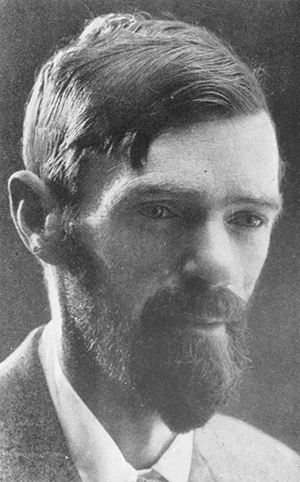
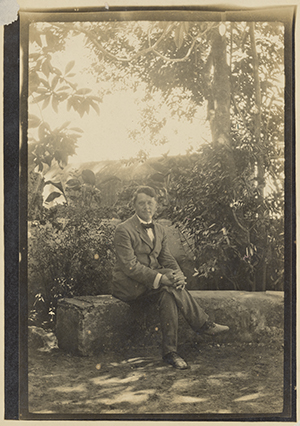
A highlight of the new digital archive will be a recent acquisition of a typescript book entitled 'Dregs: A Foreign Legion Experience by an American'. This extraordinary discovery is the original version of the memoir of Lawrence's enigmatic and colourful friend Maurice Magnus. The manuscript is hand-corrected by Lawrence who also wrote the foreword to Magnus's book when it was published.
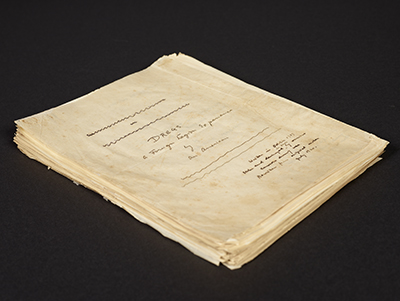
A significant section of the new resource will consist of images of the handwritten manuscript of his first novel, The White Peacock, a tale of frustrated desire set in a community based around Moorgreen and Lawrence's birthplace of Eastwood. This is the only original DH Lawrence manuscript remaining in the UK today and was donated to the collection by the book collector, George Lazarus.
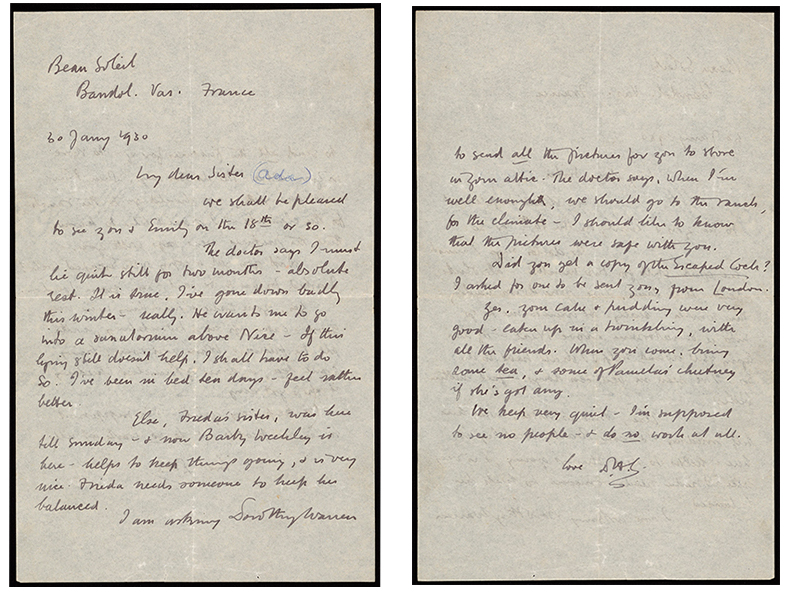
The archive will include some of the university's recent acquisitions which were not previously in the public domain. One of them is a letter to his sister Ada, written in the south of France shortly before his death from TB in March 1930. He wrote: 'The doctor says I must lie quite still for two months - absolute rest. It is true, I've gone down badly this winter - really. He wants me to go into a sanatorium above Nice - If this lying still doesn't help, I shall have to do so. I've been in bed ten days - feel rather better.' Both this acquisition and 'Dregs' were generously supported by funding from Arts Council England /Victoria and Albert Museum Purchase grant fund and the Friends of the National Libraries.
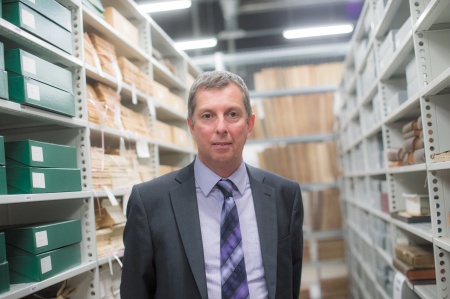
Mark Dorrington, Keeper of Manuscripts and Special Collections, said: "Literary manuscripts provide a truly invaluable window into the mind and creative process of the author. This is especially true of a writer like DH Lawrence, who revised many of his works over many months or even years. These revisions are evident at every stage in the life of his works, from the handwritten first draft to the finished publication. In the case of his short story, Odour of Chrysanthemums (a tale of a mining accident based on the life of one of Lawrence's paternal uncles) Lawrence's revisions at the editorial stage included entirely rewriting the ending of the story."
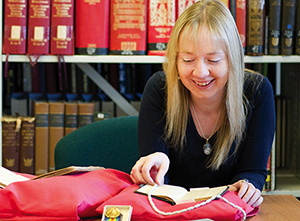
Senior archivist, Hayley Cotterill, said: "Anyone familiar with early twentieth century archival collections knows just how vulnerable they can be. Our Lawrence manuscripts are no exception, many being written in soft pencil on thin, acidic paper, or bound using poor quality materials and workmanship, which has led to important marginalia being obscured. The preservation work carried out will mean that in a few cases the manuscripts and artworks will be seen in their original state for the first time in decades, whilst digitisation will reduce the need to handle the fragile originals."
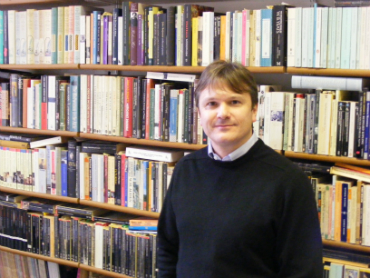
Dr Andrew Harrison, Director of the DH Lawrence Research Centre in the university's School of English, added: "Nearly a century on from Lawrence's death, his appeal as a controversial modernist writer persists – not least in the many adaptations for TV, film and theatre over the past few decades. We are very pleased and proud to be able to offer this extensive archive of materials to a wide public audience in this way. Nottingham is a UNESCO City of Literature and our new online 'window on the world' of DH Lawrence will be a fitting tribute to the region's most celebrated author."
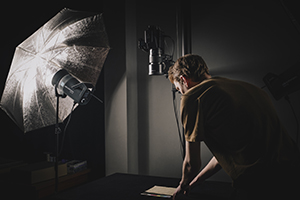
Digitally preserving each item in the collection is no mean feat for the team of experts based at the Kings Meadow Campus in Nottingham – home of the Department of Manuscripts and Special Collections. Accurate images are captured using high specification camera equipment and LED flash units to minimise the amount of heat and light that the originals are exposed to. Cameras are linked to a computer running the capture software and both are calibrated and profiled to achieve accurate detail and consistent colour reproduction.
The project requires extensive data storage capacity. Photographing The White Peacock manuscript, for example, resulted in 1614 images of approximately 310MB each, requiring total storage of over 500GB. The curators are also working to repackage some of the material to ensure the long-term preservation of these precious and fragile originals.
The digitisation work on the DH Lawrence Collection is planned to continue until the end of 2021. The project runs until March 2022 when a special exhibition will take place at Lakeside on University Park, Nottingham.
In this video, Dr Andrew Harrison, Director of the DH Lawrence Research Centre at the University of Nottingham tells the story of the author's colourful friendship with an American writer and traveller, Maurice Magnus.






